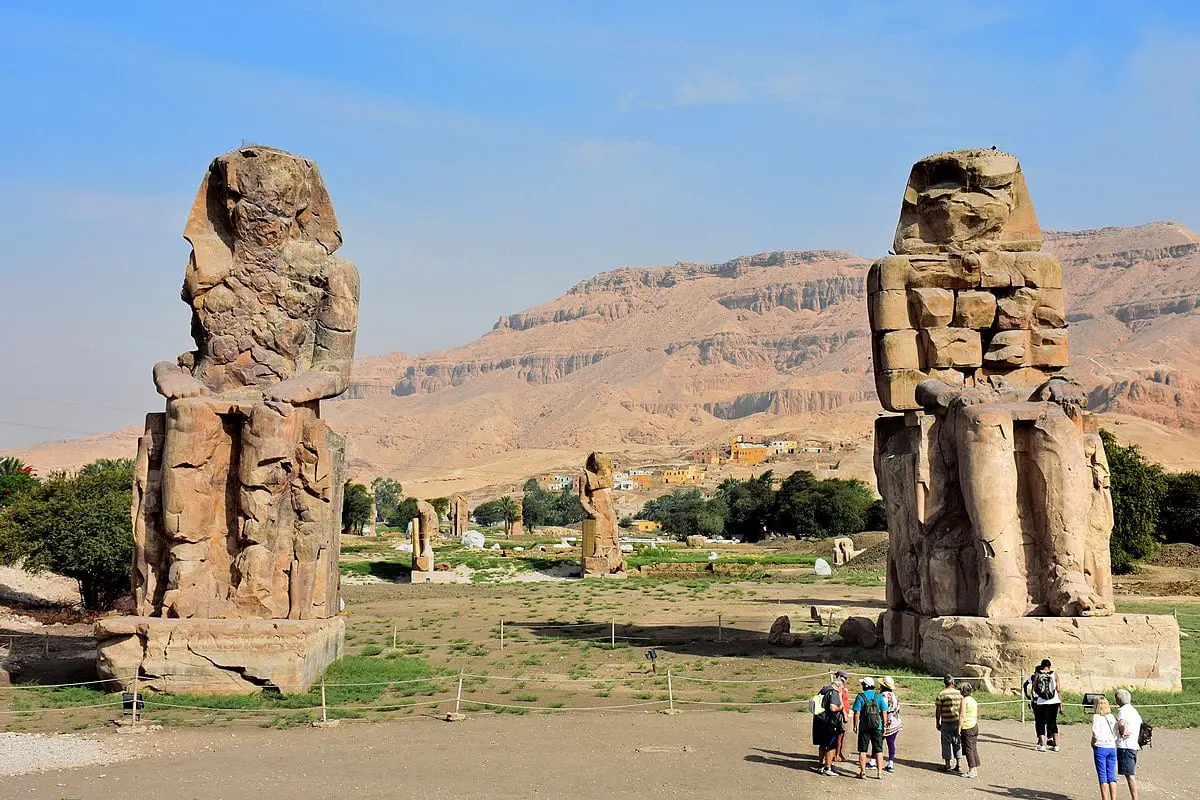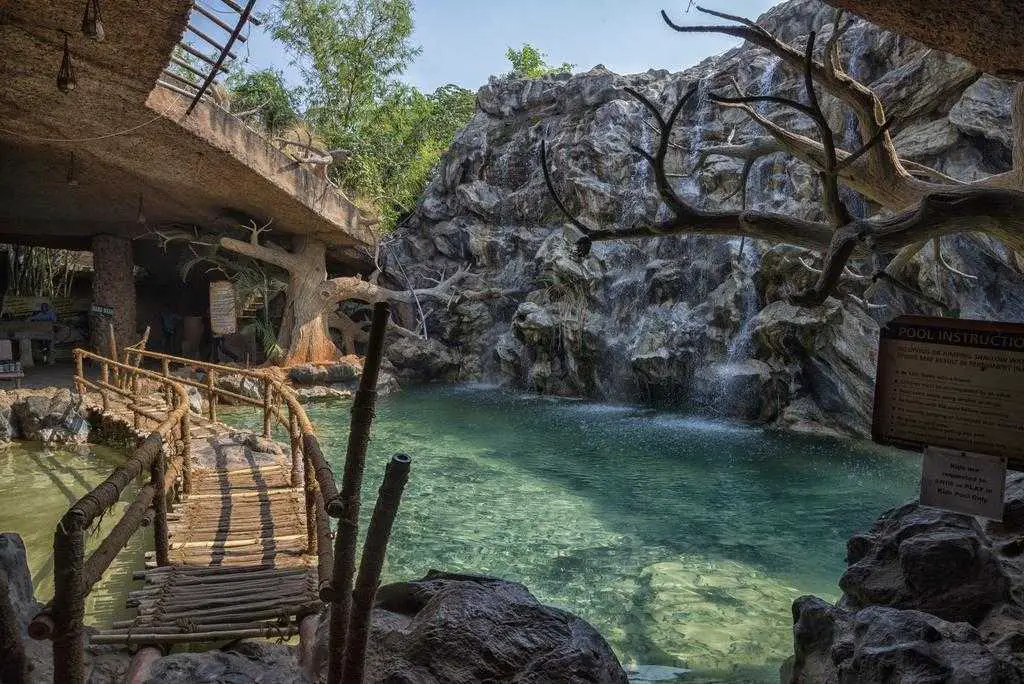Africa’s Top Six Astounding Heritage Sites

In the tapestry of human history, Africa’s ancient and vibrant thread weaves tales of architecture, culture, and evolution. This piece uncovers six incredible heritage sites from this continent that bear witness to the passage of time.
1- Thebes: Unseen Egypt
Nestled within modern Egypt, the remains of the legendary city of Thebes stand as a testament to the 11th dynasty of ancient Egypt (2081–1939 BCE). The Thebes region brims with archaeological wonders like Luxor, the Valley of the Kings and Queens, and Karnak. From captivating temples and palaces to royal tombs, these sites open a window into ancient Egypt’s architectural grandeur, religious traditions, and quotidian customs.
2- Leptis Magna: Echoes of the Roman Empire
Straddling the Mediterranean coastline of contemporary northwestern Libya, Leptis Magna harks back to the ancient region of Tripolitania. The city, which emerged as a central hub for Mediterranean and trans-Saharan trade, showcases some of the world’s finest Roman architectural remnants. It rose to prominence under Emperor Septimius Severus (193–211 CE) but saw its decline post-regional conflicts and the Arab conquest in 642 CE.
3- Meroe: A Glimpse of the Kushitic Kingdom
Situated on the eastern bank of the Nile in today’s Sudan, the ruins of Meroe encapsulate the history of the ancient Kushitic city. Once the administrative hub and later the capital of the Kingdom of Kush, Meroe is home to stunning pyramids, palaces, and temples that reflect the kingdom’s rich architectural and cultural heritage.
4- Great Zimbabwe: Traces of an Iron Age Empire
Great Zimbabwe, the nerve center of a flourishing trading empire from the 11th to the 15th century, offers sprawling stone ruins in present-day southeastern Zimbabwe. The site once supported a significant Shona population, and its intricate stonework points to an advanced culture initially misattributed to civilizations like the Phoenicians, the Greeks, and the Egyptians. However, archaeologists David Randall-MacIver and Gertrude Caton-Thompson have since authenticated their African origins.
5- Lalībela’s Rock-hewn Churches: Testament to Ethiopian Christian Tradition
In north-central Ethiopia, Lalībela’s renowned rock-hewn churches – a spectacle from the late 12th to early 13th centuries – draw the admiration of history buffs and devout Christians alike. Among the 11 churches carved during Emperor Lalībela’s reign, the House of Medhane Alem, House of Golgotha, and House of Mariam stand out for their architectural splendor, frescoes, and historical relevance.
6-Timbuktu: A Historic Beacon of Islamic Culture
Situated on the southern fringes of the Sahara in present-day Mali, Timbuktu was a crucial trading post on the trans-Saharan caravan route and a nucleus of Islamic culture between the 15th and 17th centuries. The city houses three of Western Africa’s oldest mosques – Djinguereber, Sankore, and Sidi Yahia, making it a significant Islamic learning center with an impressive collection of historic African and Arabic manuscripts.
These six emblematic historical sites in Africa encapsulate thousands of years of human history, culture, and evolution, offering a vibrant mosaic of Africa’s rich past. SEO-friendly keywords: Ancient Africa, Historical Sites in Africa, Heritage Sites, Cultural Landmarks, Archaeological Sites, African History.


